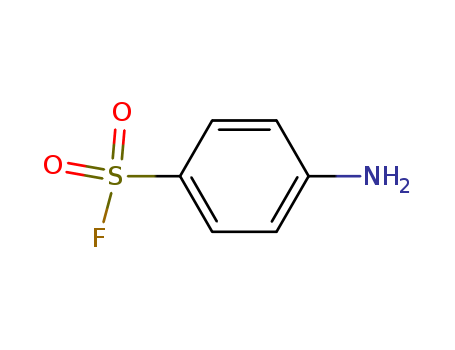10.1016/S0040-4039(00)00097-6
The study focuses on the photocyclization and photooxidation processes of 3-styrylthiophene, a compound with two isomers: trans-3-styrylthiophene (1) and cis-3-styrylthiophene (2). The research investigates how these isomers react under different photochemical conditions, including in nonpolar and polar solvents, with and without sensitizers. The key findings include that cis-3-styrylthiophene (2) undergoes photochemical cis–trans isomerization and cyclization to form dihydronaphtho-[1,2-b]thiophene (3), with a higher quantum efficiency in nonpolar solvents. Dye-sensitized photooxidation of 3-styrylthiophene results in the production of benzaldehyde and 3-thiophenecarboxaldehyde, and the process is suggested to occur via a superoxide radical anion pathway rather than through singlet oxygen. Additionally, auto-photooxidation in the presence of oxygen leads to photocyclization, oxidation, and dimerization products. The study proposes that these reactions may involve the formation of a charge transfer complex between oxygen and the substrate. The research is significant for understanding the behavior of polythiophenes, which are important for the production of conductive polymers, and could contribute to improving the photostability of these materials.



 C
C

